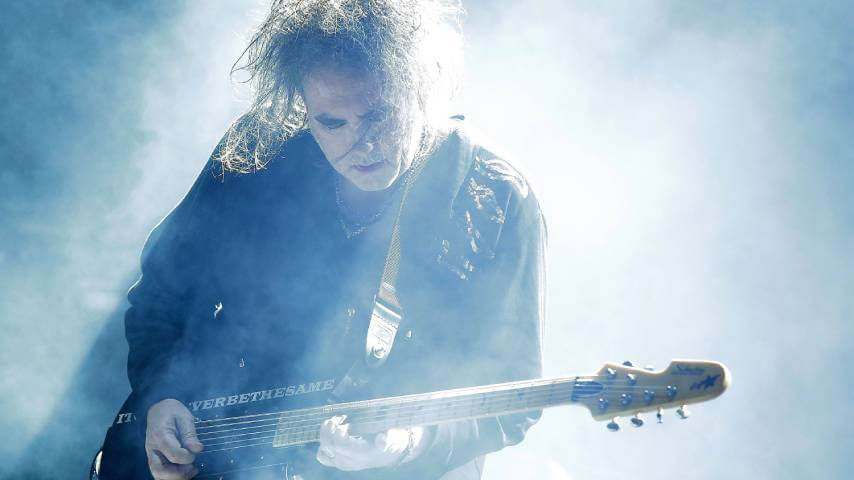On Songs Of A Lost World, The Cure heals our wounds
The Cure is still firing on all cylinders 16 years after their last full-length album.
Photo: Mark Metcalfe/Getty Images
The YouTube comments section for “Alone,” The Cure’s new goth-rock epic, is depressing yet strangely hopeful—much like the song itself. Often documenting their advanced ages and saluting late loved ones, so many fans scatter breadcrumbs of grief and healing. “I’m 76 (EEEK). I have lived alone for most of my life (my choice), but so many of the people I cared about are dead,” one person writes. “I have always loved sad songs.”
Robert Smith’s catalog is full of snappy pop melodies and quirky experiments—despite the “goth” tag, not all of his music reaches the frozen-rain downcast of “Alone.” (“The fire burned out to ash, and the stars grown dim with tears,” he sings on this one, over glacial synth pads and gnarled bass. “Cold and afraid, the ghosts of all that we’ve been.”) But it might be the most inspiring mood on his board—for over four decades, through the angst of his voice and most melancholy soundscapes, he’s created sonic cemeteries you visit to feel less alone. And with the absorbing Songs Of A Lost World, The Cure’s first album in 16 years, he’s rarely sounded more in command of that skill.
It took a lot of simmering and experimenting to arrive at this near-masterpiece. Smith’s earliest demos date back to 2010, and the album shed various skins of tone and sequencing—even after 2019, when he first started teasing the project in interviews. (In a nearly two-hour video promo for Lost World, the Cure bandleader says he wound up with three possible albums, with the second of the bunch “virtually finished.” I think I can speak collectively for the fans here: Exciting tidbit, but we won’t hold our breath!) With that kind of delay, it’s easy to fear a certain stiffness and detachment in the songs, the result of endless fussing and workshopping. Instead, Lost World just feels lived-in, its themes of mortality and memory amplified by the sheer scope of the arrangements, which are sculpted into skyscrapers of guitars and keyboards.
